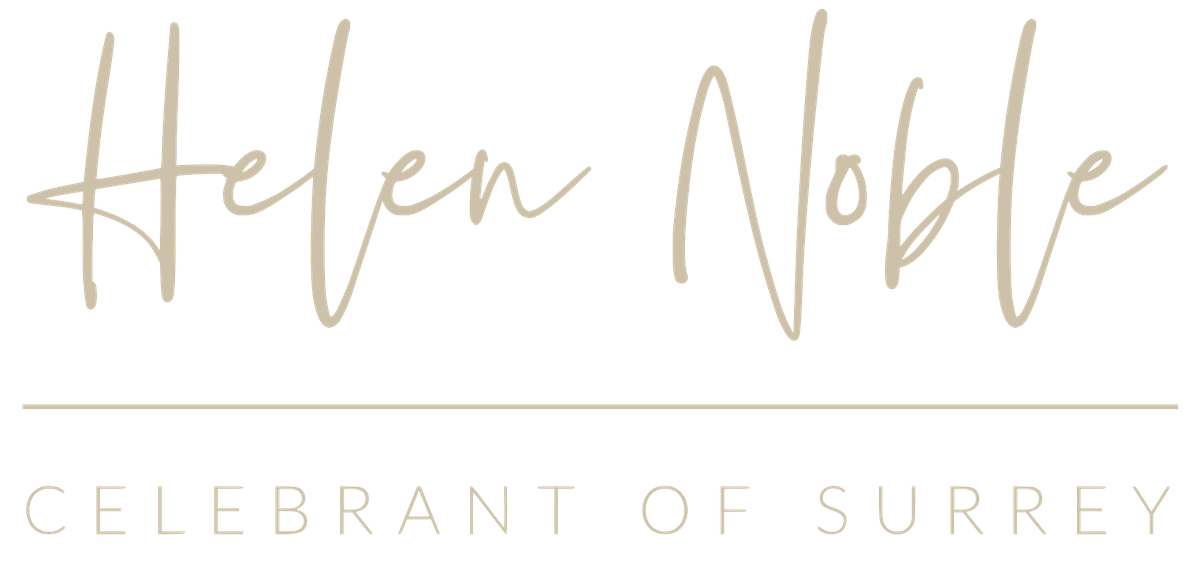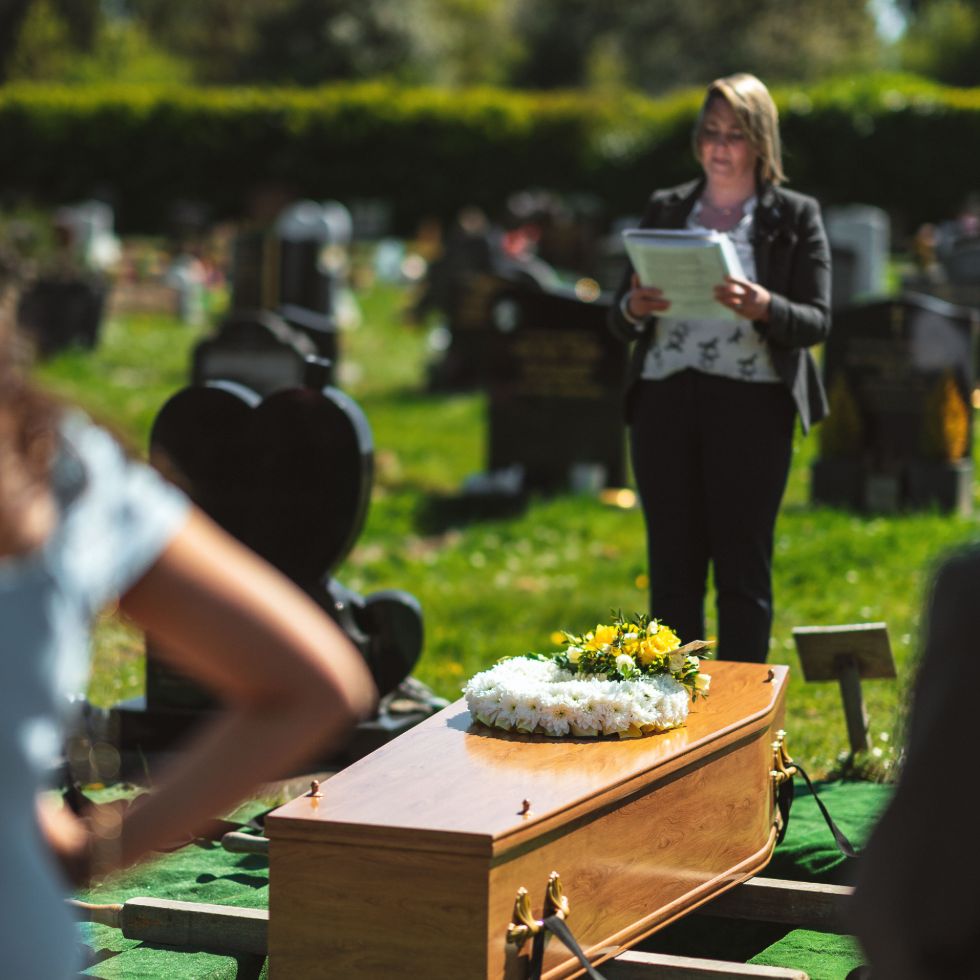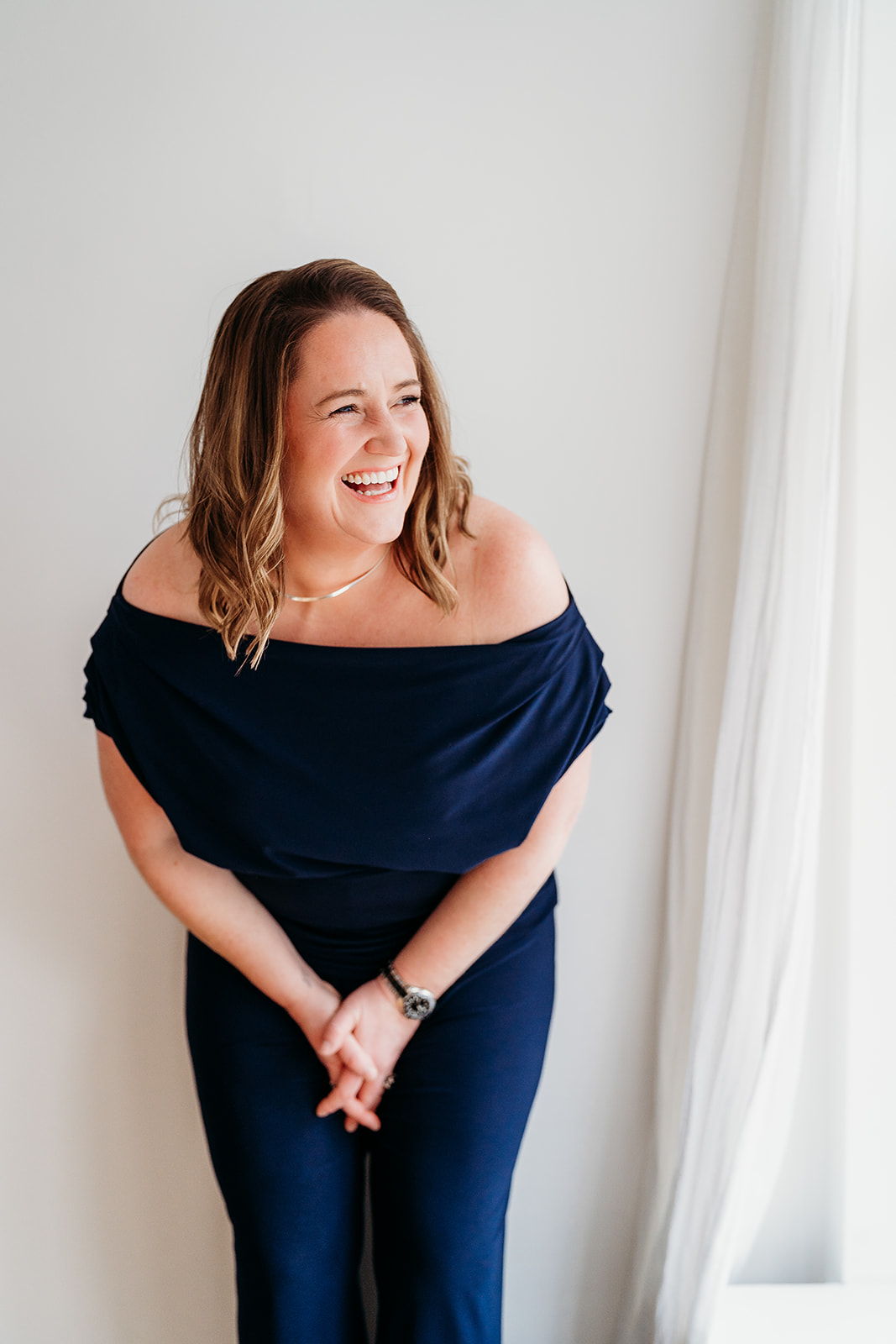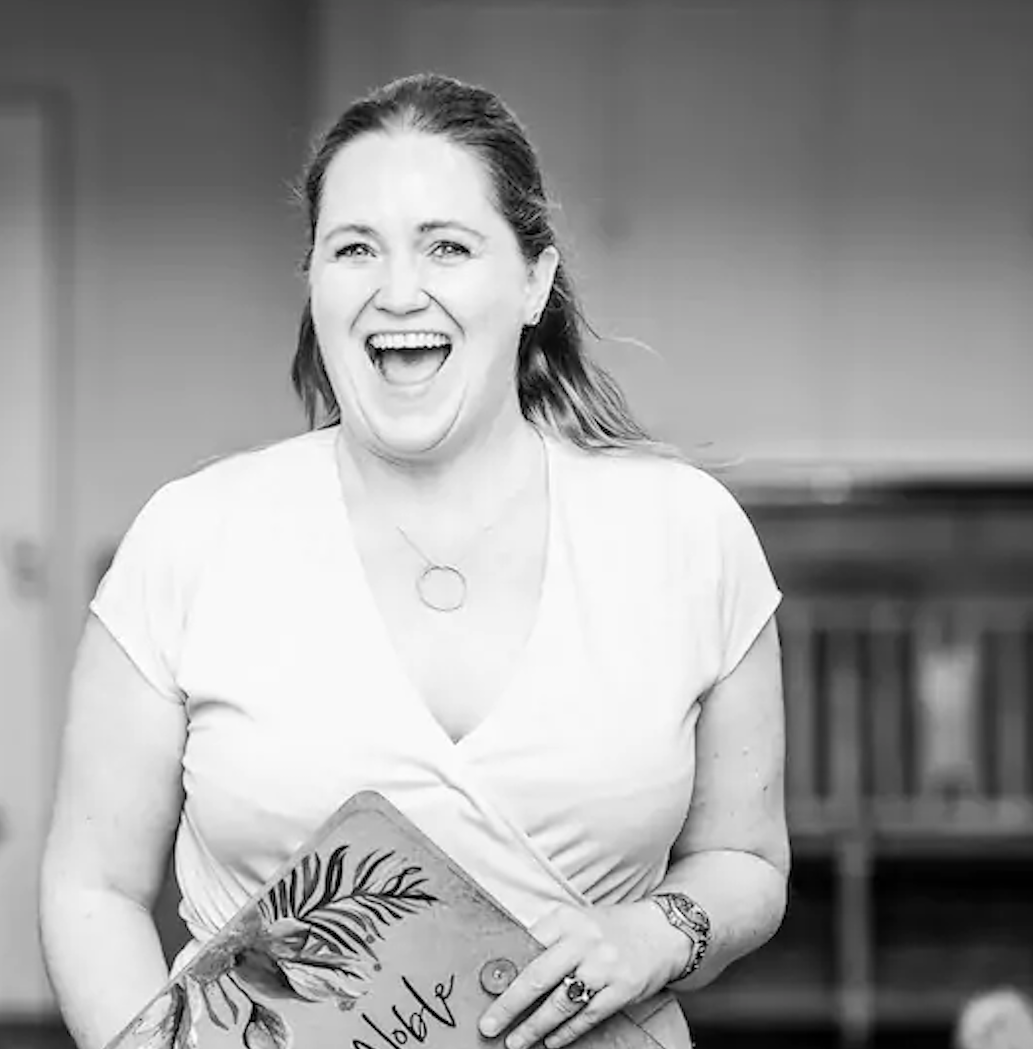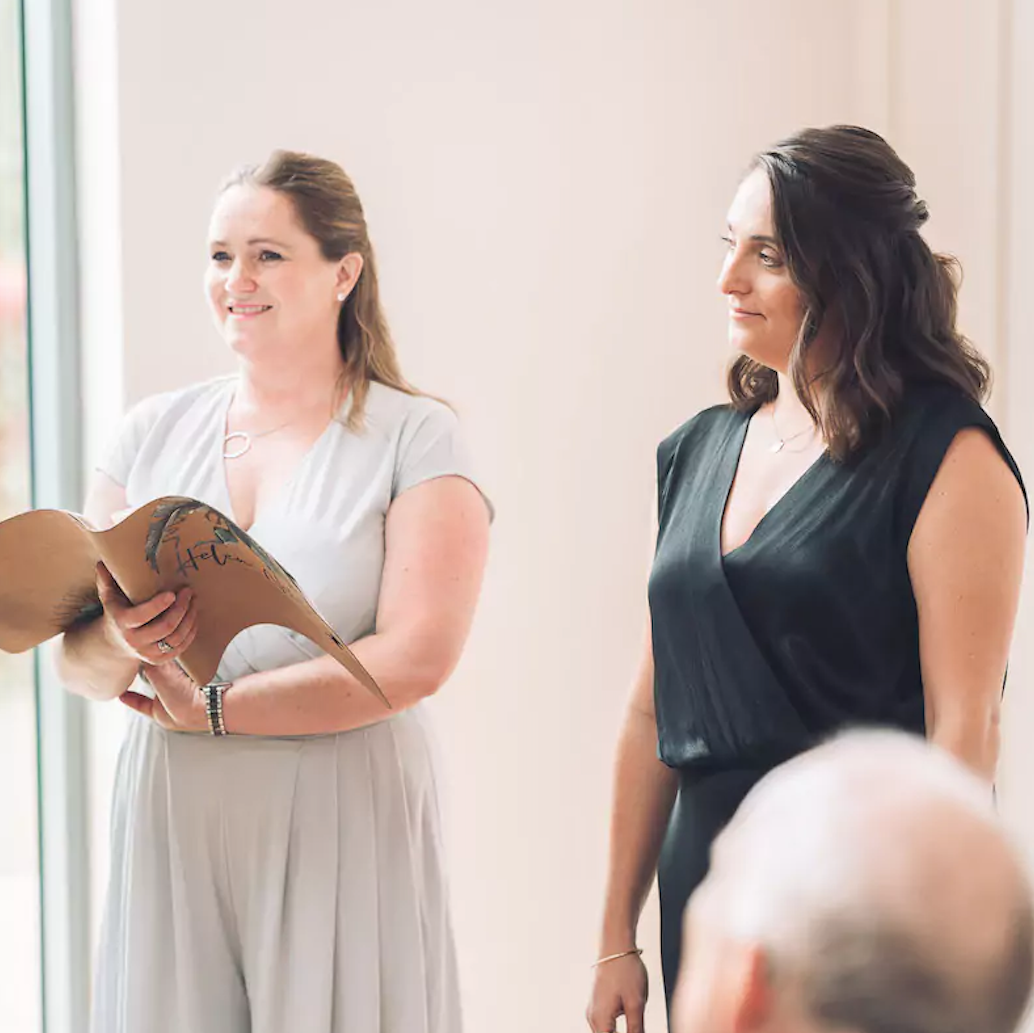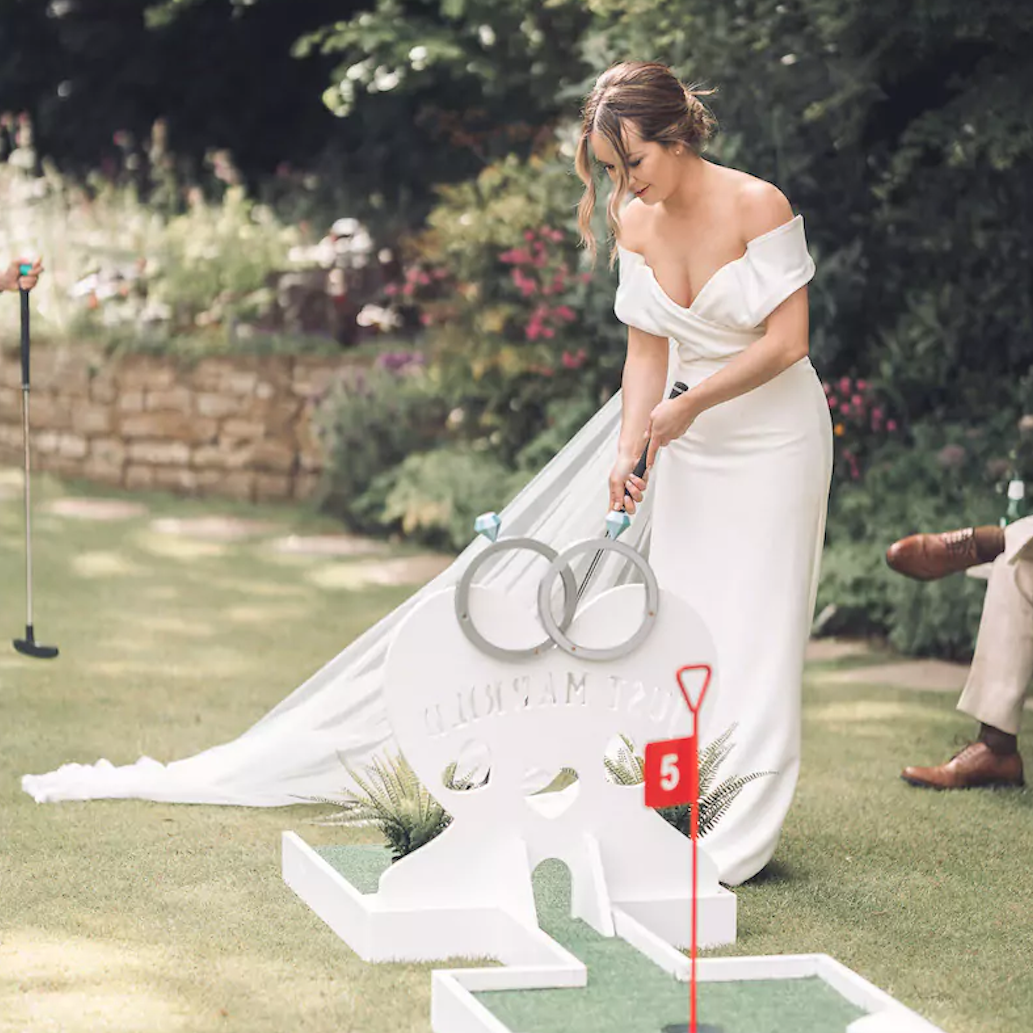People didn’t tend to talk about funeral much. Then Covid -19 hit, and we all HAD to talk about it, but once the headlines hit about the restrictions and how awful it was going to be, even less people wanted to talk about it. So here I go!
Covid or not – let us talk about funerals.
What is a Funeral anyway?
Well, the word FUNERAL comes from the Latin word FUNUS, which means corpse.
So technically, a funeral ceremony or service, is where the corpse is present. The coffin, or shroud is in the room with you , being home to the deceased. At a funeral , we gather together – the deceased included, to say goodbye in fellowship and then, to send that person to rest in the way they chose. (Cremation Burial or Entombment)
A Direct funeral contains no invited mourners/ guest. It will only be the funeral director and the Chapel assistant, you might not even have a Funeral Director if you don’t want that service. You can pay for a Priest or a Celebrant or Funeral director to attend should you wish to do so – either with you, or in your place so that your loved one is not alone for their final journey. There is no ceremony or service, or witnesses if you choose that to b the case. It is purely about the deposal of a body in a dignified manner, quietly, privately. It can be their solo journey.
A Funeral Ceremony
A Funeral Ceremony is about the coming to in both grief and sorrow, joy and love, to pay your respect to your loved on in person and the celebrate the life lost as you say goodbye. You are in the room with them. It’s about fellowship and support. You might want to be able to place a rose on their coffin as they are laid to rest, or the final curtain is drawn. It is about being there to say goodbye and to witness the farewell of their body, their shell, in a safe dignified manner.
Sadly, over Covid -19, this could not happen very much, if at all. At the height of the pandemic, 6 people , including the celebrant/minister and FD were included. When funerals did happen it was under strict restrictions that gave a very different feel to the ceremony. As I write this, we are still in the pandemic and second lock down. I am pleased that attendance numbers have been increased to 30 in those places that can accommodate that number whilst being able to keep to socially distant rules.
I did funerals during the pandemic. Still am. We continue to adhere to social distancing in house holds , masks are worn. but some chapels the capacity means we are/were only allowed 8 mourners, BUT I have an amazing array of suppliers that enabled me to offer live streaming – both inside and outside, as well as photography, and my feedback from all the live streaming is that they feel like they are in the room with us. Thats of enormous importance to me.
People across the world could still come together – all be it virtually.
The ceremony and the burial or cremation do not have to happen in the same place, but they tend to. Although, now of course people have either had to separate the two, or now chose to separate the two. The burial/ cremation happing a the point of need , and then the ceremony and fellowship of coming together to happen when the landscape of life allows.
I specialise in natural burials, so one of the images is me standing next to the coffin of a wonderful women – whom I had met several times as we planned her funeral together. Her family were Muslim and flew over from their home land. It’s traditional to wear white – so I did. The lady chose a woollen coffin and this uplifting glass pavilion in a nature reserve burial ground at Clandon Wood in Surrey. After the ceremony inside, we processed outside to her chosen plot for the final farewell, with a horse drawn cart.
A Celebration of life, technically, does NOT have the loved one present in their physical form. It is where people come together to celebrate their loved one’s spirit, soul, legacy and memory in a way that is positive and thankful. A Celebration of life is a ceremony, so does not have to have religious or spiritual content, but can do if you chose to do so. It’s a much more uplifting and celebratory feel to ‘mourning’.
A Memorial Ceremony does not have the deceased present, much like the celebration of life, The tone is very different. It is more somber, sober prayerful and reflective. Quite gentle. Thanks is also given.
If you go for a memorial service, rather than a ceremony, it would be given by an ordained person, so must contain a religious element. Service is religious, Ceremony is not, but can be spiritual. Both are a rite of passage.
Body or Ashes?
During Covid-19 people were not allowed to attend the funeral (bar 8 people ), so the families will be looking at doing a Celebration of life, or a memorial for their loved one when restrictions are lifted and people can come together again. Cremations were encouraged if it was a Covid -19 case, so many people have their loved ones ashes and when they can, we shall so a Celebration of life and be together again.
Let us intern them. They will have a place, and you have somewhere to visit. Internment or burial, can be that of a body, or of ashes.
If a Natural Burial would have been the ideal, then you can still have an internment of their ashes. Here is a lovely biodegradable ashes urn. The loved ones can paint them and decorate them if they wish. I also think an Acorn pod is lovely. Check out www.ecopod.co.uk
I’ll be doing a blog on natural burials as a whole, so keep and eye out for that.
Get in touch – to talk about your plans, to ask for recommendations, to pick my brain, or of course to help you say farewell for now, to your loved ones with care, attention and devotion.
